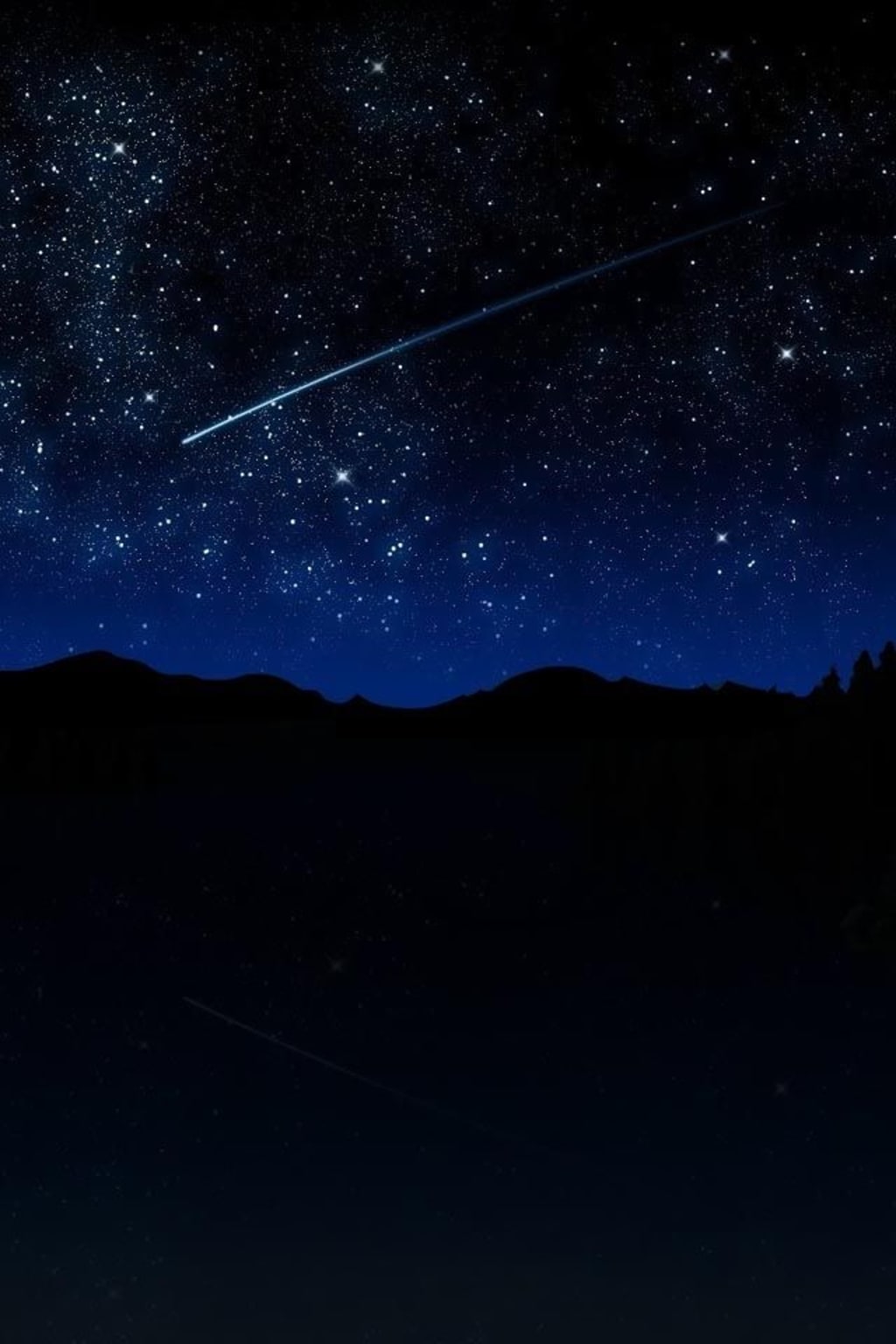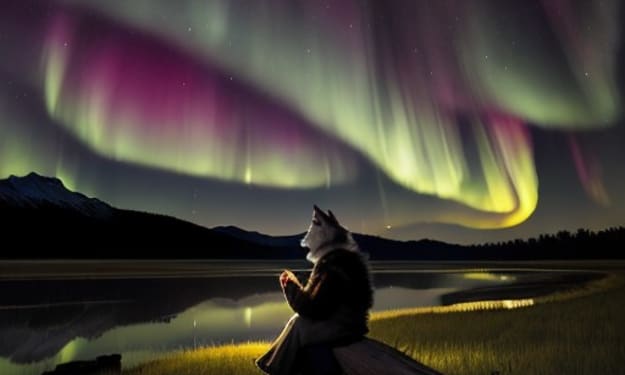
In the vast expanse of the night sky, a tapestry of stars twinkled with ethereal beauty. Amongst them, constellations painted tales of heroes, creatures, and timeless myths. Each constellation held a story, passed down through generations, whispered by ancient sages. One such tale unfolded in the constellation of Orion.
In a time long ago, Orion was a mighty hunter, unmatched in strength and bravery. With his bow and arrow, he roamed the wild lands, protecting the innocent and battling formidable beasts. He was known across the land for his skill and indomitable spirit.
But Orion's prowess also drew the attention of the gods. Artemis, the goddess of the hunt, admired his courage and sought to test his mettle. She sent a giant scorpion to challenge him, a creature of immense power and venomous sting.
The epic clash between Orion and the scorpion ensued, shaking the heavens. The battle raged on for days, each combatant unleashing their fury upon the other. The gods and goddesses watched with bated breath, for this was a contest that would shape the fate of the constellations.
In the end, Orion fell, pierced by the scorpion's venomous tail. But his death was not in vain, for Zeus, the ruler of the gods, saw the valiant effort of the hunter. With a stroke of divine mercy, Zeus immortalized Orion's likeness in the stars, forever honoring his bravery.
Thus, the constellation of Orion was born, a constellation that portrays the figure of a great hunter, forever poised in the night sky. His belt, a trio of bright stars, draws the eye, while his outstretched arms and legs convey a sense of strength and purpose.
The scorpion, too, was immortalized as the constellation Scorpius. Its curved tail, studded with stars, curls menacingly as a reminder of the epic battle that took place. The scorpion and Orion became eternal foes, forever locked in their celestial struggle.
Across the ages, people gazed upon these constellations, marveling at the stories they held. The tales of Orion's courage and the scorpion's venom were passed down, from parents to children, as a reminder of the trials and triumphs that shape our lives.
And so, whenever the night sky unfolds, and the constellations come to life, we are reminded of the heroes and legends that have shaped our collective imagination. Orion's figure stands tall, an eternal symbol of valor, while the scorpion glimmers as a testament to the enduring power of challenges.
In the grand tapestry of the cosmos, constellations are not just clusters of stars; they are the threads that connect us to our past, guide us through the present, and inspire us to reach for the stars. So, let us continue to look up and find solace and wonder in the stories of the constellations that grace our night sky.
As time marched forward, civilizations rose and fell, each imparting their own interpretations and myths upon the constellations. The stories evolved, taking on new cultural nuances, but the constellations remained steadfast, a celestial canvas for the collective imagination of humanity.
In ancient Greece, the constellation Cassiopeia adorned the heavens. According to legend, Cassiopeia was a beautiful queen who boasted of her daughter's beauty, rivaling that of the sea nymphs. This hubris angered the gods, and as punishment, Cassiopeia was placed in the night sky, forever bound to her throne, her figure etched in stars that formed a distinctive "W" or "M" shape.
Nearby, the constellation Perseus shone brightly. Perseus, a legendary hero, embarked on perilous quests and vanquished mythical creatures. Among his triumphs, he slew the fearsome Gorgon Medusa, whose serpentine locks turned all who gazed upon her to stone. Perseus' likeness in the stars became a testament to bravery and heroism, inspiring generations to face their own fears.
Further still, the constellation Ursa Major, or the Great Bear, took its place in the celestial tapestry. In many cultures, this constellation played a significant role in folklore and navigation. The star pattern resembled a bear, its curved body and prominent head discernible against the darkness. Stories varied, with some associating Ursa Major with the nurturing spirit of a mother bear, while others saw it as a guardian of the cosmos.
As humanity expanded its understanding of the cosmos, new constellations emerged. Modern astronomers observed distant stars and recognized patterns that hadn't been cataloged before. They assigned names and shapes to these newfound constellations, bridging the ancient tales with contemporary knowledge.
Yet, despite our ever-growing comprehension of the universe, constellations continue to capture our imagination and curiosity. They serve as celestial beacons, guiding explorers and dreamers alike. They remind us of the interconnectedness of humanity, as people from all corners of the globe look up and share the same twinkling sky.
So, as you gaze upon the constellations above, remember that they are more than mere arrangements of stars. They are the threads of our collective human story, connecting us to our ancestors and inspiring us to explore the mysteries of the cosmos. Through constellations, we find unity, wonder, and a timeless reminder that our stories are etched in the fabric of the universe.
About the Creator
Enjoyed the story? Support the Creator.
Subscribe for free to receive all their stories in your feed. You could also pledge your support or give them a one-off tip, letting them know you appreciate their work.






Comments (1)
💫 Great writing 📝 😉💖✨I enjoyed reading your post and Yes, I hold dear the stars ✨ 🌌😉💖